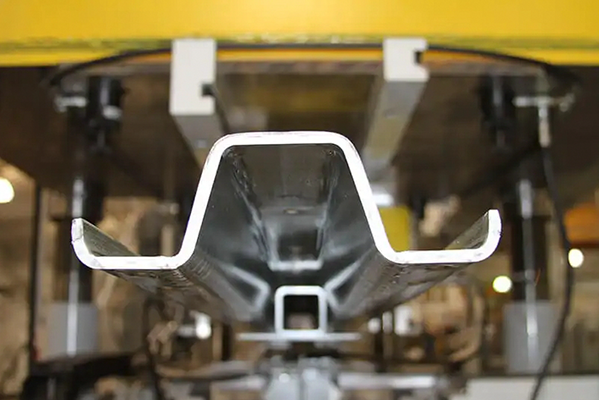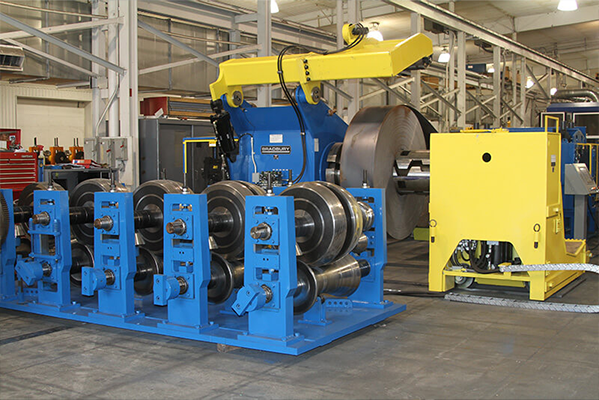Navigation Menu
Contact Us
- Email:
- info@wxavatar.com
- Address:
- Yurong Village, Yuqi Street, Huishan District, Wuxi, China.
Release Date:Apr 18, 2025 Visit:1 Source:Roll Forming Machine Factory
Metal forming is a critical aspect of modern manufacturing, enabling the production of complex and high-performance components for industries such as aerospace, automotive, and machinery. Advanced metal forming processes have evolved to improve precision, efficiency, and material utilization. Below are some key advanced metal forming techniques widely used in industry.
1. Incremental Sheet Forming (ISF)
Incremental sheet forming is a flexible process where a CNC-controlled tool progressively shapes a metal sheet into the desired geometry. Unlike traditional stamping, ISF does not require dedicated dies, making it cost-effective for small batches and prototypes. This method allows for high customization and reduces material waste.

2. Superplastic Forming (SPF)
Superplastic forming leverages the unique behavior of certain metals that exhibit high elongation at elevated temperatures. By applying controlled pressure, the material is stretched into complex shapes with fine details. SPF is particularly useful in aerospace applications where lightweight, high-strength components are essential.
3. Electrohydraulic Forming (EHF)
Electrohydraulic forming uses a high-voltage discharge in a liquid medium to generate shockwaves that deform the metal workpiece at high speeds. This process is effective for shaping difficult-to-form materials and achieving precise geometries with minimal springback.
4. Magnetic Pulse Forming (MPF)
Magnetic pulse forming employs strong electromagnetic fields to rapidly deform conductive metals. The process is non-contact, reducing tool wear and enabling the forming of intricate shapes without mechanical stress. MPF is commonly used in automotive and electronics industries.
5. Hot Stamping (Press Hardening)
Hot stamping involves heating metal sheets to high temperatures before forming and quenching them in the die to enhance strength. This technique is widely used in automotive manufacturing to produce ultra-high-strength components with improved crash resistance.
6. Hydroforming
Hydroforming uses pressurized fluid to shape metal tubes or sheets into complex contours. The process offers excellent material utilization and is often applied in automotive exhaust systems and structural components.
7. Roll Forming
Roll forming is a continuous bending process where a metal strip passes through a series of rollers to achieve a consistent cross-section. This method is efficient for producing long, uniform parts such as structural beams and automotive trim.

Conclusion
Advanced metal forming processes enhance manufacturing capabilities by improving precision, reducing waste, and enabling the production of complex geometries. These techniques continue to evolve, supporting the development of high-performance components across multiple industries. The selection of an appropriate forming method depends on material properties, production volume, and desired part characteristics.